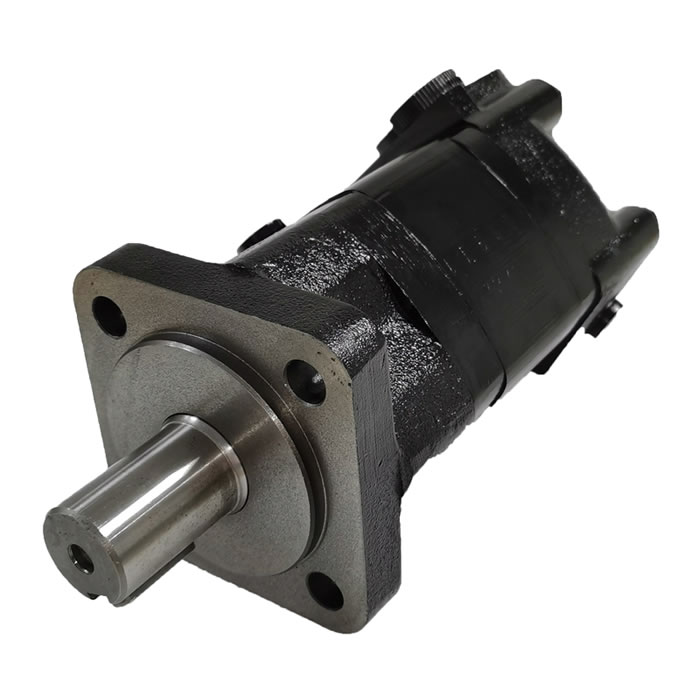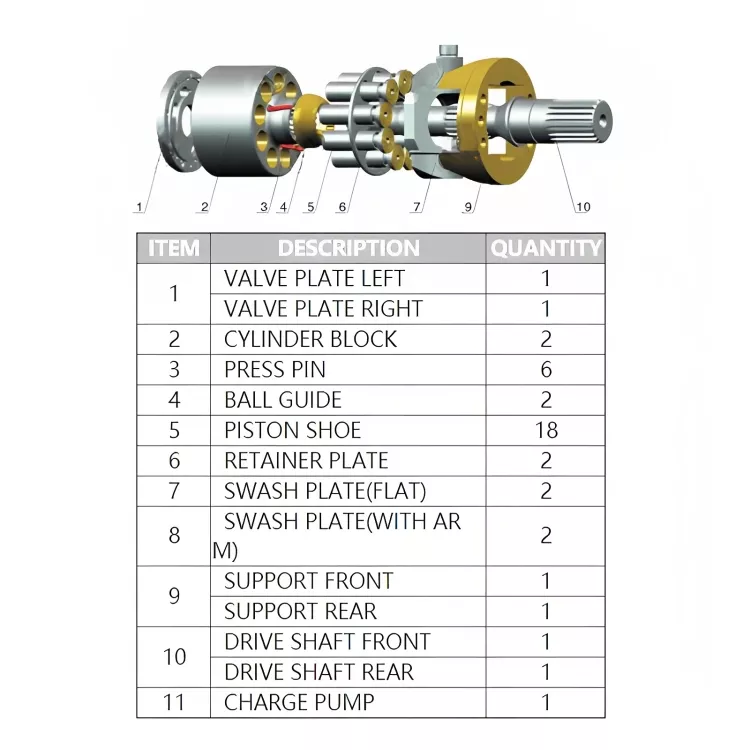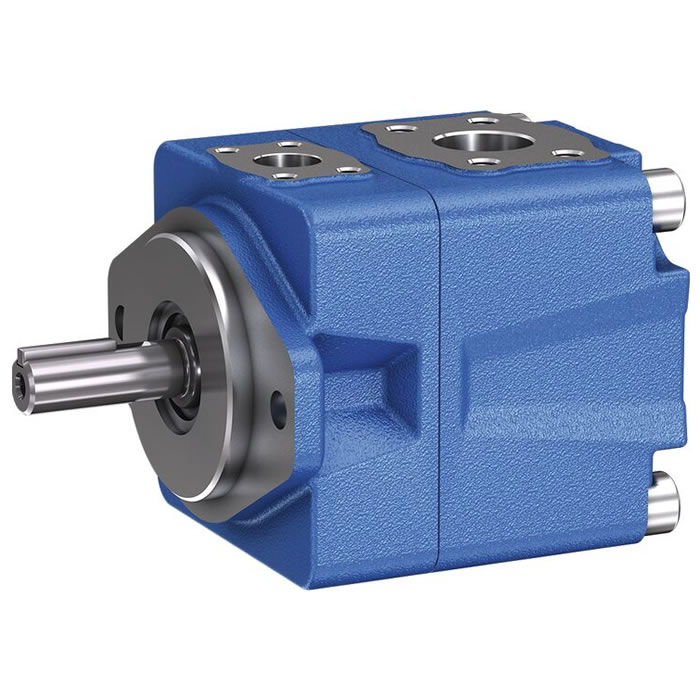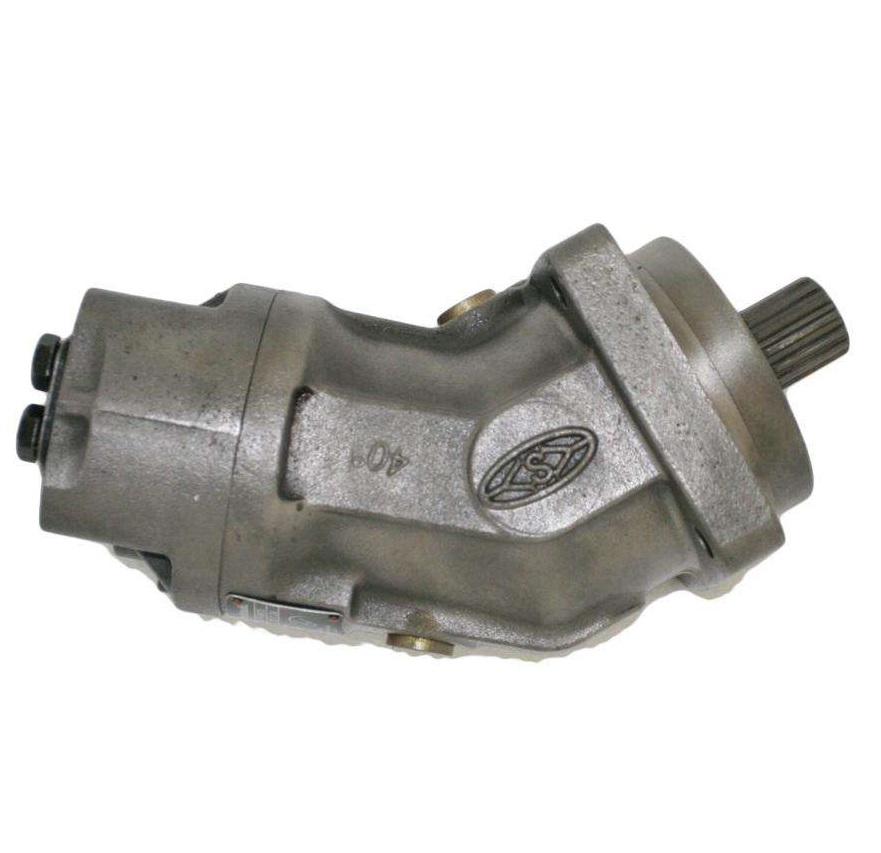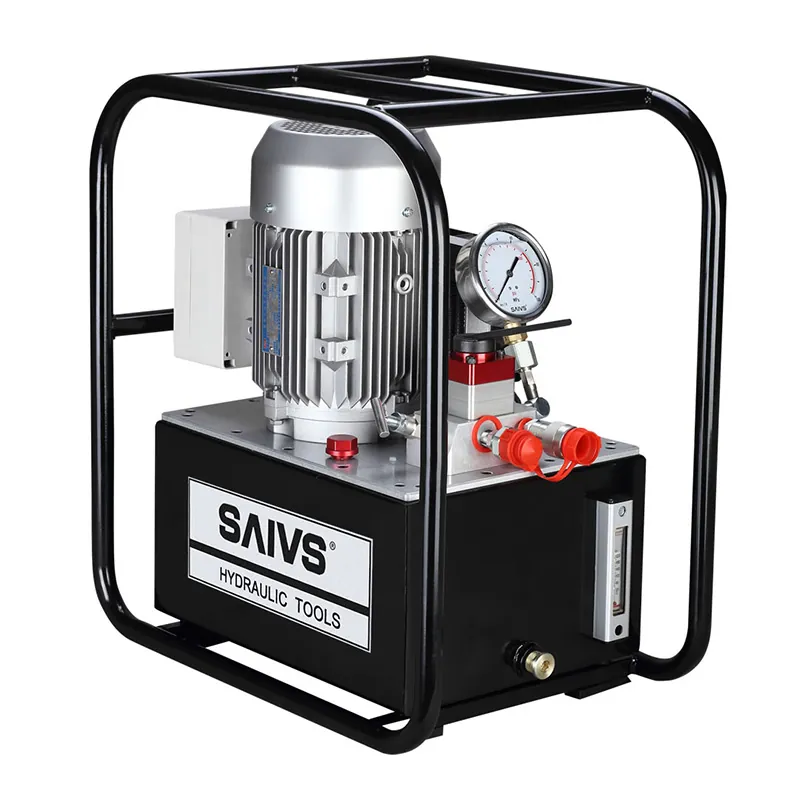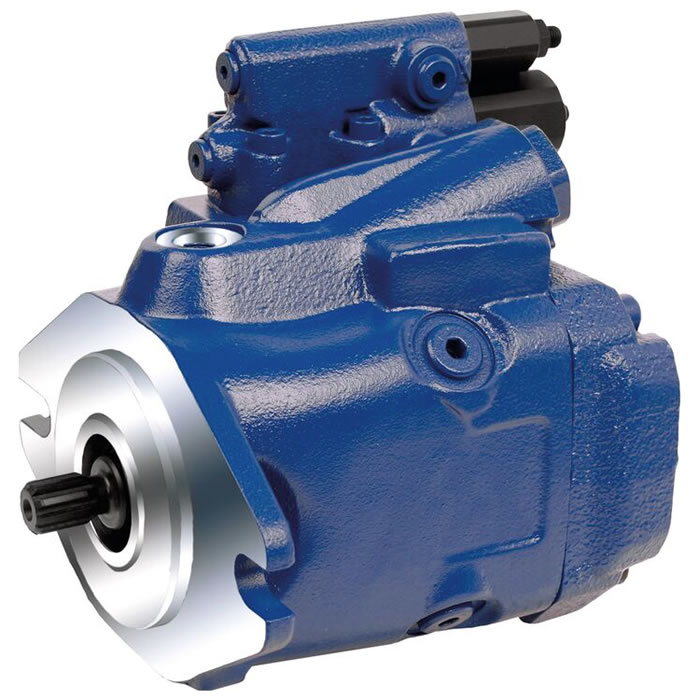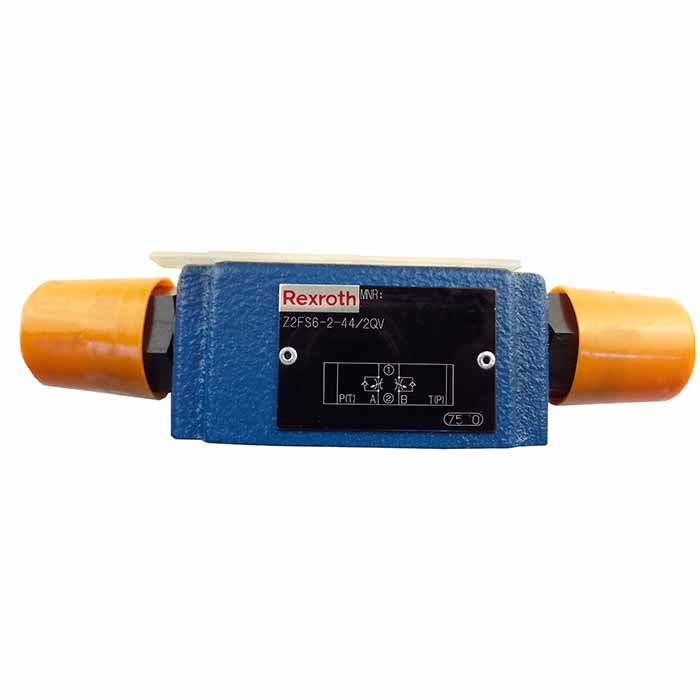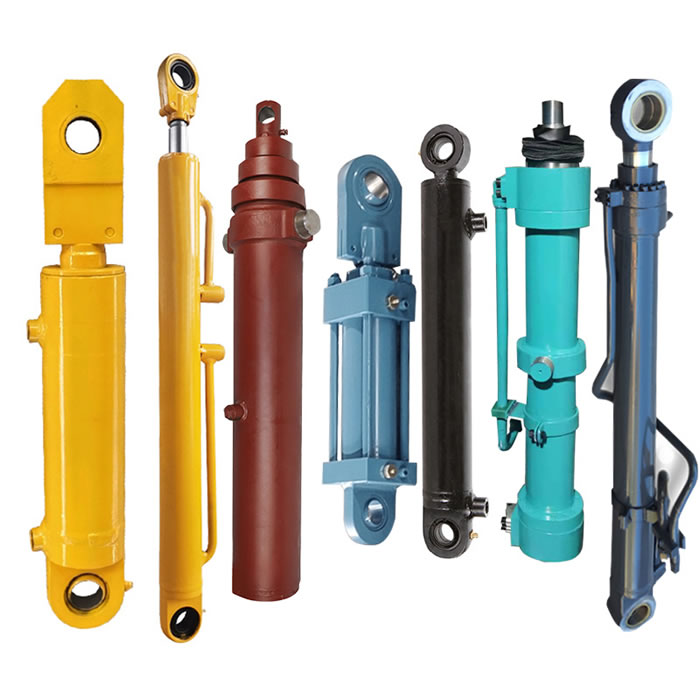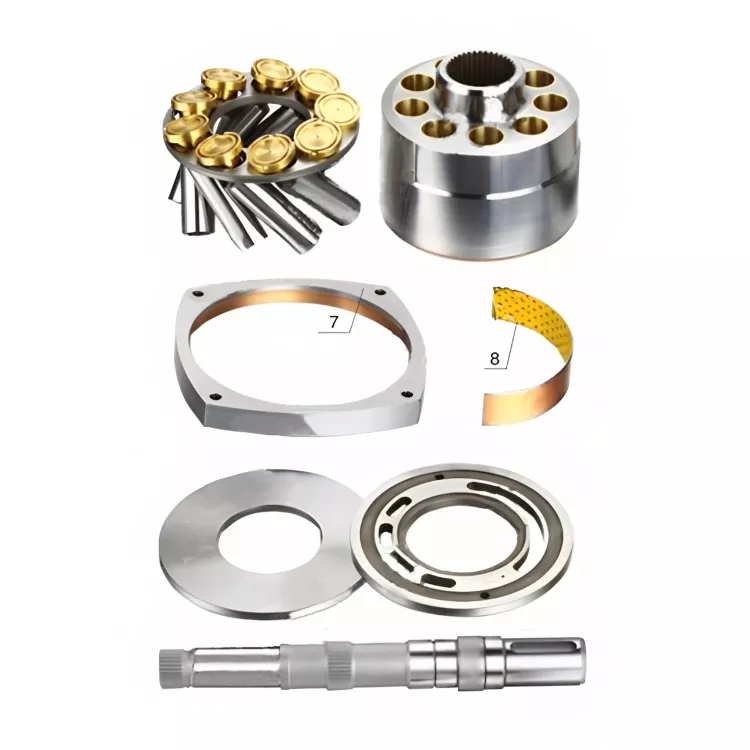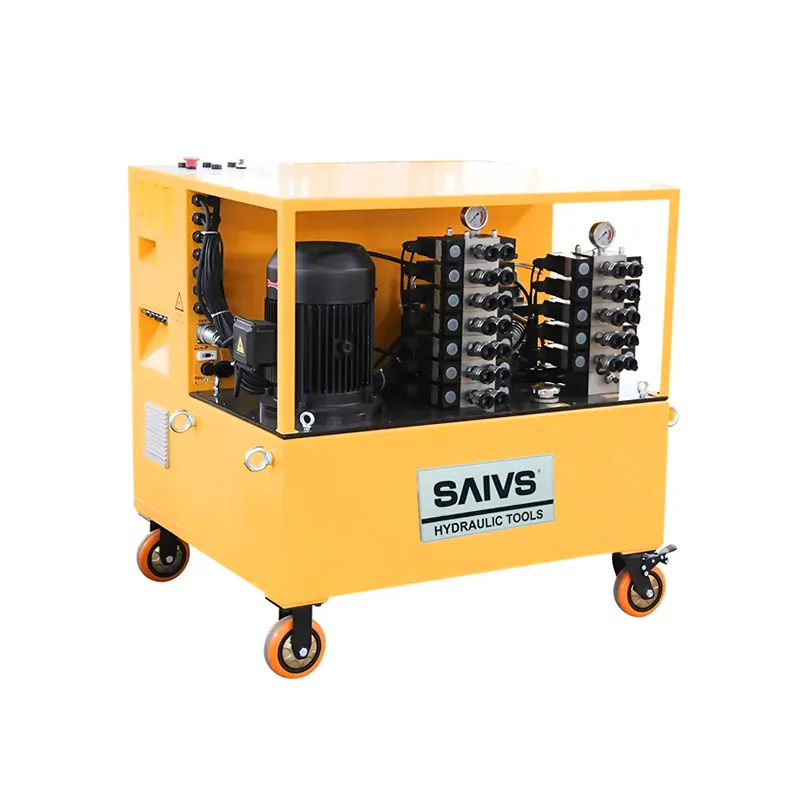How to Clean a Hydraulic Motor Before Use: Step-by-Step Flushing Procedure
How to Clean a Hydraulic Motor Before Use: Step-by-Step Flushing Procedure
Before a hydraulic motor is put into service, a thorough cleaning process—commonly referred to as "flushing"—is essential. This ensures removal of harmful residues, such as metallic particles, fiber compounds, and debris left inside the motor during manufacturing or assembly.
Without proper cleaning, Hydraulic Motors may experience functional issues within the first few hours of operation. These early problems can lead to costly downtime and even component failure. That’s why an effective cleaning process is a critical step in ensuring optimal motor performance and longevity.
Why Flushing Is Necessary
Initial contamination inside the hydraulic circuit can damage precision parts, clog valves, or impair the function of servo systems. Metal filings, seal remnants, and oxidized oil residues are common contaminants that must be removed before start-up.
BM1/BM2/BM3/BM5/BM6 Series Eaton-Vickers Shaft With Flow Motor
Recommended Flushing Steps for Hydraulic Motors
1. Clean the Hydraulic Reservoir
Use a fast-evaporating cleaning solvent to flush the tank. After cleaning, blow dry the interior using filtered compressed air to ensure no residue remains.
2. Flush All Hydraulic Lines
Thoroughly clean every pipe and hose connected to the motor. In some cases, soaking the hoses and joints may be necessary to remove built-up debris or dried fluids.
3. Install Inline Oil Filters
To protect the motor and valve components during flushing, install inline oil filters in both the pressure and return lines. This step is vital to intercept residual contaminants before they enter sensitive areas.
4. Replace Precision Valves with Flushing Plates
During the flushing stage, replace precision components such as electro-hydraulic servo valves with flushing plates. This prevents damage to high-value parts during high-volume oil circulation.
5. Double-Check Pipe Sizes and Connections
Verify that all piping is correctly sized and that every connection is tight and secure. Proper flow dynamics and leak prevention depend heavily on accurate assembly.
Reliable Motor Operation Starts with Proper Cleaning
By following this systematic flushing procedure, operators can avoid early-stage wear and ensure long-term hydraulic motor efficiency. Clean oil, sealed connections, and protected valves result in improved motor lifespan and reduced maintenance costs.
For industrial customers, equipment integrators, and service professionals, our company offers a full line of hydraulic motors, precision filters, and flushing accessories. Contact us today to purchase high-quality components or request consultation for motor preparation best practices.

